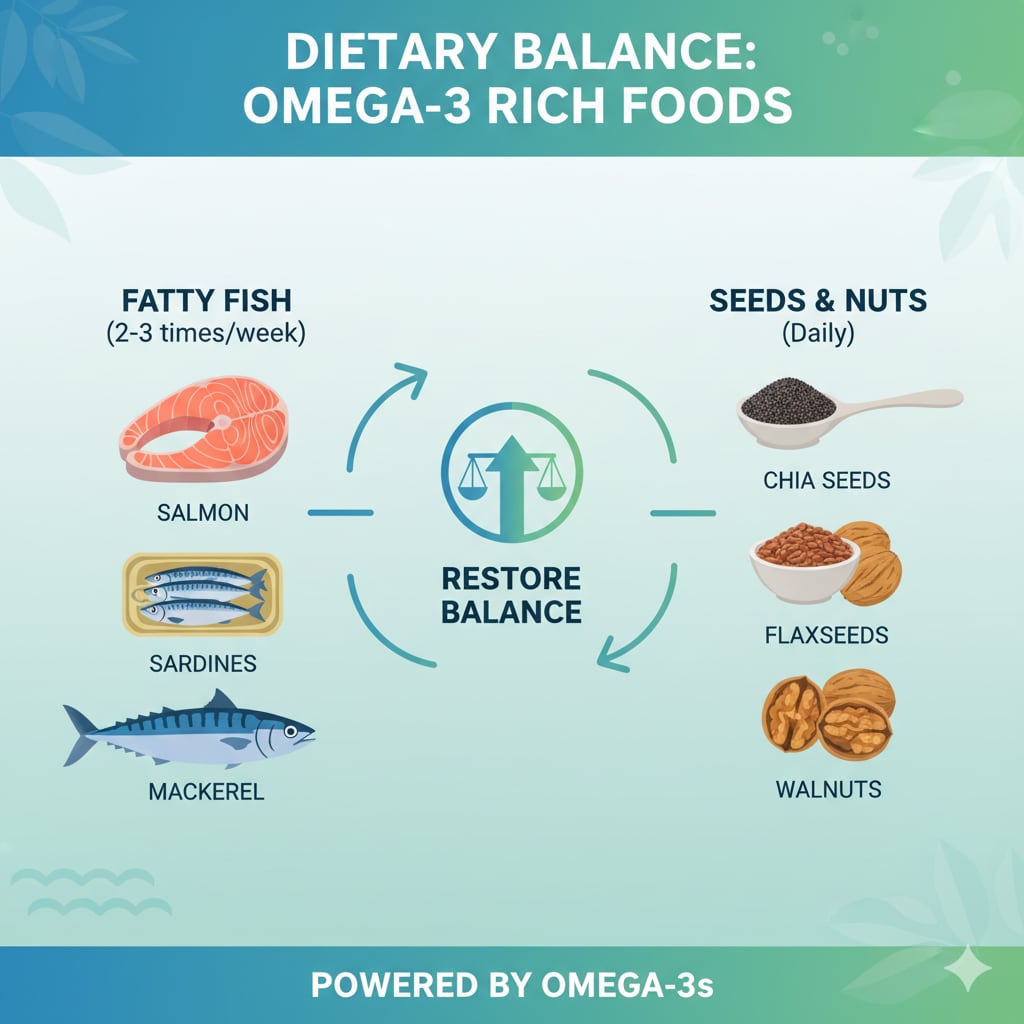Before embarking on a fitness plan, diet is usually the first thing that’s modified to suit the goals, whether to eat clean or lose weight. And when the diet is changed, one of the first things to draw attention to is the cooking oil. It is a daily essential, used in almost every dish, from deep-fried, pan-seared, to grilled meals. But not all oils are healthy, and some may even quietly disrupt your fitness goals. This includes your supposed healthy cooking oil, too.
 Choose the right cooking oil for your health. (Picture credit: Unsplash)
Choose the right cooking oil for your health. (Picture credit: Unsplash)
ALSO READ: Indraprastha Apollo hospital cardiac surgeon explains how to choose the right cooking oils for heart health
To understand which cooking oils are healthy and which to avoid, HT Lifestyle reached out to Dharini Krishnan, PhD, R.D., a consultant dietitian in Chennai and at Canray Health Alliance as a consultant. She helped bust some of the common misconceptions regarding cooking oils.
Vegetable oils  Olive oil may have good health benefits, but then the diet needs to have increased omega-3 rich foods as well. (Picture credit: Freepik)
Olive oil may have good health benefits, but then the diet needs to have increased omega-3 rich foods as well. (Picture credit: Freepik)
The nutritionist flagged vegetable oil, even though usually they may be deemed healthy. Debunking this myth, she elaborated, “For decades, vegetable oils such as soybean, sunflower, safflower, and even olive oil have been seen as ‘healthy choices’ compared to ghee, butter or other traditional fats. While these oils do contain good fats, they are also high in one type of fat called omega-6, which becomes a problem when it is not balanced with enough omega-3 fats.”
The problem arises from an imbalance between omega-6 and omega-3 fats in the body. Vegetable oils are high in omega-6 fats, which can trigger several health issues when they go out of proportion with omega-3s.
Elaborating more on the balance, Dharini added, “Humans originally ate diets that had a natural balance of two main types of polyunsaturated fatty acids (PUFAs), omega-6 and omega-3 fats. However, with the widespread use of oils rich in omega-6 (like soybean and corn oil), this balance has been disrupted.”
She advised going easy on olive and soybean oils, as often there’s a hype around these oils. “Olive oil is often appreciated in the Mediterranean diet for its antioxidants and healthy fats, but it also has a fair amount of omega-6,” she noted.
Even soybean oil, which, according to the nutritionist, is the most commonly used oil, is even higher in omega-6 content. While there’s nothing inherently wrong with these, the problem depends on the frequency of usage. “The problem isn’t in its occasional use but in using it every day, which pushes omega-6 levels way beyond what is healthy,” she warned about the daily usage of these oils.
Why be careful?
The imbalance of omega-3 and omega-6 may cause health problems which go beyond the usual effect of elevated cholesterol levels. When omega-6 fats dominate the diet, they may trigger a chain reaction in the body.
Describing the health effects, Dharini revealed, “The imbalance leads to obesity, diabetes,heart disease, allergies, and other inflammatory problems.”
The imbalance also causes hormone and respiratory-related issues. “Too much omega-6 can also mess with hormones like leptin and insulin, which control appetite and blood sugar. This can make you hungrier, raise blood sugar, and lead to weight gain. It also creates chemicals that damage the heart and joints and can worsen conditions like asthma,” Dharini told.
Similarly, when omega-6 levels are too high, the nutritionist highlighted that the body starts storing more unhealthy white fat instead of burning it for energy. It also produces chemicals that may harm the heart and joints and make conditions like asthma worse.
How to properly balance your diet?  Omega-3 rich foods to add to your diet. (Picture credit: Gemini AI)
Omega-3 rich foods to add to your diet. (Picture credit: Gemini AI)
Smart dietary tweaks may help to reduce the imbalance of omega-6 and omega-3.
Firstly, for oil choices, Dharini advised, “Reducing oils like corn, soybean, sunflower, safflower, and cottonseed is a good start. Instead, choose oils that naturally contain more omega-3, such as flaxseed, chia and perilla.”
The problem begins when omega-6 intake is high from supposedly healthy cooking oils, while omega-3 intake falls behind. This is why omega-3 rich foods need to be in the diet, as per the dietician.
Dharini recommended, “Eating fatty fish like salmon, sardines and mackerel two to three times a week, and adding chia seeds, flaxseeds and walnuts to the diet also helps restore balance. Olive oil, macadamia oil, and high-monounsaturated sunflower oil can still be used, but only if omega-3 intake is kept high.”
Note to readers: This article is for informational purposes only and not a substitute for professional medical advice. Always seek the advice of your doctor with any questions about a medical condition.


Dining and Cooking